English Dub Season Review: Ragna Crimson Season One
Overview (Spoilers Below):
Ragna (Jack Stansbury) teams up with the enigmatic Crimson (Jade Kelly) to stand against the dragons menacing the world. Although Crimson’s motivations are mysterious, his goal and Ragna’s perfectly align, and together, they’ll vanquish the dragons once and for all.
Our Take:
Ragna Crimson is an anime adaptation of a manga series written and illustrated by Daiki Kobayashi. It is directed by Ken Takahashi and produced by Silver Link, with Deko Akao writing the scripts. Shinpei Aoki handles the character designs, and the music is composed by Koji Fujimoto and Osamu Sasaki. The opening theme song is “Roar,” performed by Ulma Sound Junction, and the ending theme is “Rinkaku,” performed by Watashi Kobayashi.
On certain occasions, if you want to save the world from the enemies threatening to destroy it, you rely on the enemy who shares a similar goal. Unfortunately, they’re not easy to trust since their motives can be suspicious compared to ours. This sums up the concept of Ragna Crimson, which depicts an alternative world where powerful dragons threaten humanity and battle hunters in the war that determines their future. One of the hunters, Ragna, seeks to be strong enough to protect those around him and win the ever-lasting battle for humanity. He has that chance when he’s fused by his future self, giving him the powers of the dragons’ weakness, Silverine, inside his body.
Consisting of 24 episodes, the first season of Ragna Crimson has the titular protagonist embarking on a harrowing journey to destroy the dragon Monarchs led by the fearsome Dragon God. However, Ragna’s not traveling alone, as he receives help from Crimson, a red-haired, mischievous Monarch who shares a connection with Ragna’s future self, and his servants, including a slime-human named Slime. The first season has Ragna and Crimson encountering the Monarch Ultimatia (Juliet Simmons) and assisting the Argentum Corps in a war against some of the other Monarchs, including Taratectra and Olto Zora.
Ragna Crimson has a basic good-vs-evil storyline that shapes the other similar fantasy action shows, particularly from the anime department. You have a protagonist striving to protect those they love with their graduating strength and defeating nasty villains who do a lot of bad stuff. While some went on to become classics for specific followers, like My Hero Academia and Demon Slayer, others weren’t so fortunate regarding their storytelling. Ragna Crimson is another action-packed series that could go in either direction regarding its execution. Fortunately, it immediately gained the upper hand with its double-length series premiere, showcasing Ragna’s determination to grow stronger to protect his partner Leonica (Cat Thomas) from her prophesied demise. It was an emotionally driven and stylized beginning that shaped Ragna Crimson as a thrilling and often violent anime reflecting the satisfying elements of its genre tropes. Of course, that includes the villains’ backstories before their demise, calling back to the season structures from Demon Slayer.
Following that lengthy episode, I wondered if the series would maintain that momentum regarding its world-building and narrative. It doesn’t need to offer too much to complicate its viewers, but it also can’t leave out much stuff because it’ll risk making the experience too simplistic and empty. In short, Ragna Crimson had the task of delivering that proper balance to satisfy both action fantasy fans and casual newcomers. While it wasn’t as powerful as Ragna’s Silverine Battle Arts, it offers plenty of merits in its world and characters to retain my interest until its gripping conclusion.
Ragna is another OP protagonist whose immense power isn’t without its drawbacks, making the character arc more engaging than others. The first few episodes involve Ragna’s vow to gain enough strength to protect Leonica, which turns into revenge against the Monarchs afterward. Ragna’s determination to protect his friends and anger towards the villainous dragons periodically puts him at a crossroads with the other characters and even himself. Despite gaining Silverine inside his body, Ragna’s limitation on using it can put him at a disadvantage, adding to the tension of how far he’ll push himself to provide peace for the world and his torment. Ragna’s personality was effectively brought to life by Jack Stansbury, especially in moments when he’s in rage mode.
Regarding the supporting characters, I surprisingly enjoyed Crimson the most. Crimson is a rogue Monarch seeking revenge against his kind who punished him for his betrayal. Despite having common ground with Ragna, Crimson has mischievous motives when dealing with his adversaries, which contradicts Ragna’s quest. He’s the opposite of Ragna’s good-natured persona, making the dynamic between the duo blazing with delight. Jade Kelly delivered a performance that perfectly captures the charmingly naughty Monarch in ways that elevate the series’s chemistry. I was also impressed with Juliet Simmons as Ultimatia, whose sincere yet psychotic nature makes her an unsettling antagonist, especially in later episodes where she descends into madness. However, not all supporting characters are created equal, with Slime being the biggest offender. Slime is one of Crimson’s servants who often badmouths Ragna, and he appears more times than his other allies, Chimera and Golem. Regarding his irritating personality and annoying lisp, Slime is another comic relief whose nuisance doesn’t equate to hilarity.
Silver Link is known for producing several comedies in the anime department, but its presentation shines in the action-fantasy genre. I’ve seen and talked about plenty of anime from Silver Link, and I’ve enjoyed most of what the animation company delivered, except the ongoing second season of The Misfit of Demon King Academy. But don’t worry. I’ve got things to say about that show, especially its second half. Until then, I should admire what Ragna Crimson delivered in its animation style. With the right amount of finesse in its color and stylized action scenes, the series’s presentation was a clear example of Silver Link’s ability to create stunning imagery in its drama and violence.
Overall, Ragna Crimson slays in its presentation and plot elements, serving as an immersive and engaging adaptation of the manga. It’s far from an anime masterpiece due to a few issues limiting its potential, including Slime’s presence. However, its engrossing narrative, solid voice cast, and riveting animation make this series another fiery addition to the action-fantasy genre.

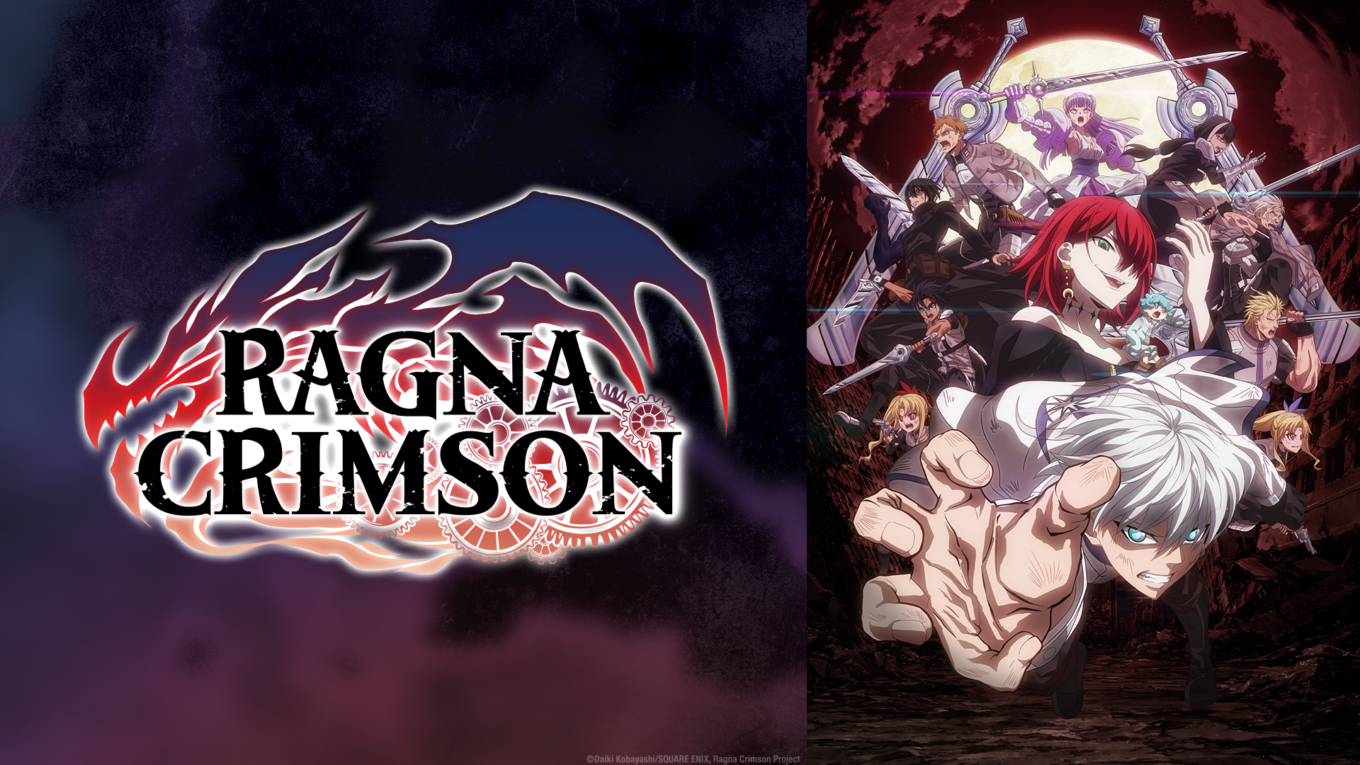
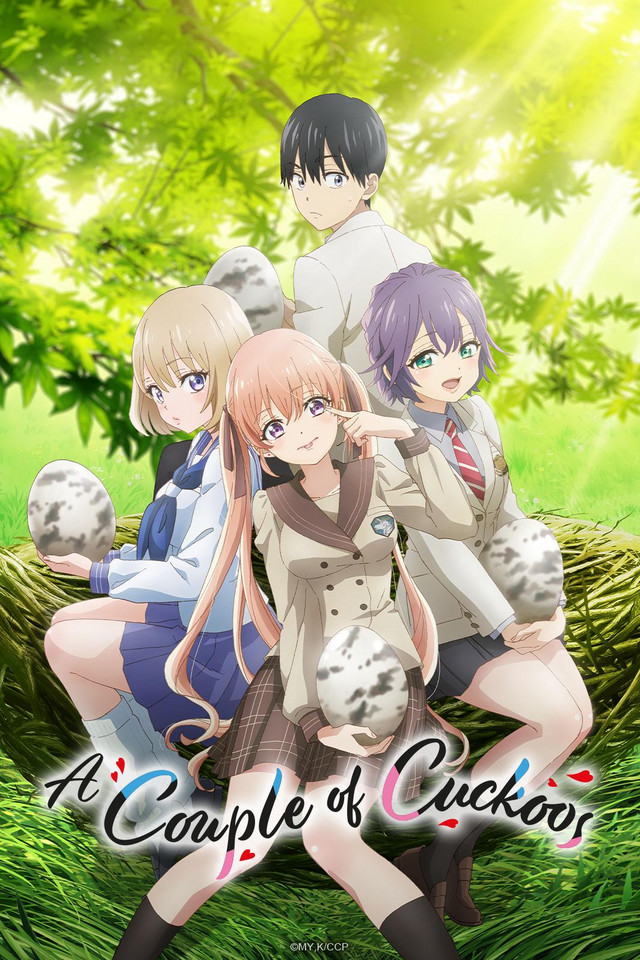
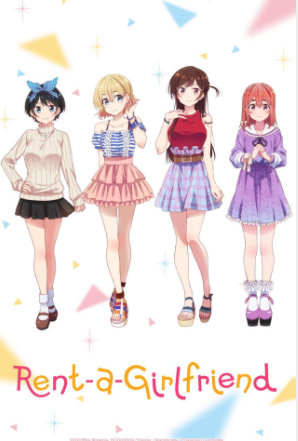
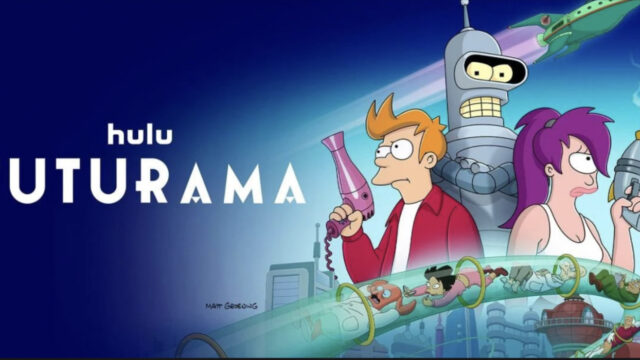













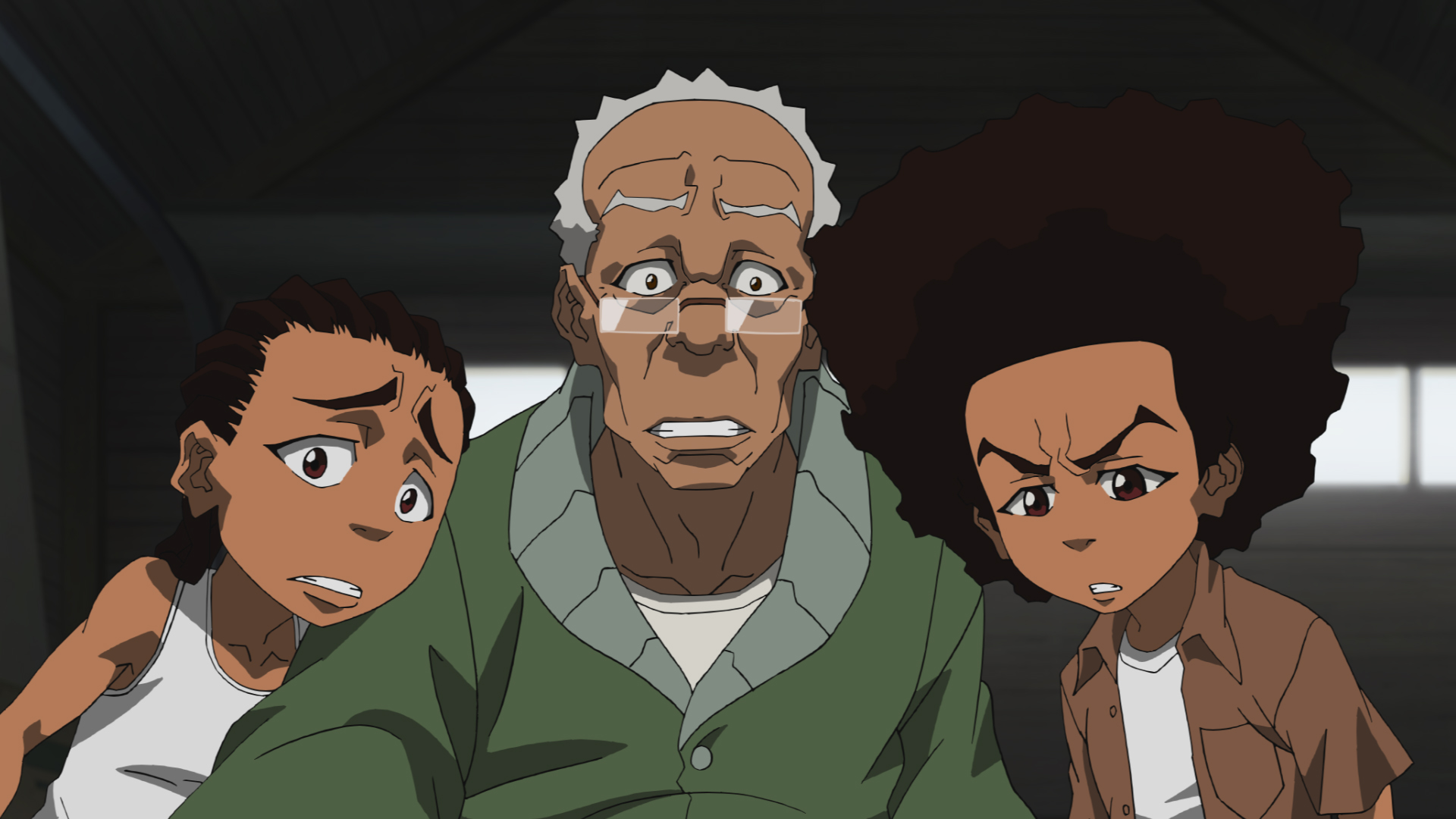




"There are also other characters that come and go (also owned by the Warner Bros. Discovery conglomerate media company)."
Huh. Is that just referring to other characters from the show itself, or is this implying that the new season is going to have cameos from other WBD IPs